The world is currently focused on SARS-CoV-2 and the very real impact it is having on people; personally and economically. While this may continue to be the case for weeks to come, it’s also important to keep in mind that there are still good things happening in the world, if you know where to look, and the march of progress keeps moving forward.
For instance, NASA is scheduled to return astronauts to space on the first crewed SpaceX Dragon 2 launch on May 27th. This will be the first crewed launch from U.S. soil in 9 years and marks a historic shift to a commercial centric focus in space activities.
In uncertain times, it is important to keep these larger trends in mind when thinking about how to best position your investments. At Starbridge, we take a calm and calculated approach to early stage investments in and around the space sector, and the performance of our portfolio companies speaks for itself.
Here are some of the highlights happening in our portfolio companies during the first quarter of 2020:
Airmap:
Continuing to build market share for their digital airspace and automation platforms with deployments at airports around the world and by identifying secondary opportunities through acquisitions such as Hangar; a unique automated drone operations platform.
Axiom Space:
In January, NASA announced that Axiom was selected as the sole provider of a new commercial extension to the International Space Station - meaning, Axiom is responsible for the next generation platform of commercial research and manufacturing. This initial contract is worth $140 million with first revenues already booked. In addition, Axiom have new private passenger commitments to fly to the ISS as early as 2021 and new contracts for in-space research platforms; which represent two more growth segments. Here’s a concept video of the future assembly of the Axiom Space Station.
Lynk Global:
In March, Lynk deployed their 4th ‘cell tower in space’ as a free-flying satellite and announced the successful link between that spacecraft and several unmodified mobile phones on Earth. They’re on pace to launch new satellites every few months and truly connect the world in the near future through partnerships with over 30 of the world’s largest telecom networks.
Made In Space:
After winning a $73 million contract from NASA, MIS continues to expand their in-space manufacturing accomplishments, moved their corporate HQ to Florida, and began manufacturing much needed PPE, face shields, and ventilator adaptors to help our healthcare workers in the current time of need. Also, MIS CEO Andrew Rush has been appointed by NASA Administrator Jim Bridenstine to serve as Chairman of the NASA Advisory Council Regulatory and Policy Committee.
Umbra Lab:
Patent filings for their innovative antenna design prompted Umbra to officially come out of stealth mode and provide an introductory video explaining their applications. They’re currently on track to launch their first satellite at the end of 2020, have already signed customer contracts, and recently added key team members such as Marcus Chevitarese who was formerly Deputy Engineering Director at Raytheon.
Other notable events:
We congratulate Masten Space Systems on their recent $75.9 million contract win to deliver cargo missions to the moon. Prior to becoming a General Partner at Starbridge VC, Michael Mealling was one of the original co-founders of Masten Space Systems, so it’s great to see the company having the success Michael always envisioned it could.
Lindsey Yee (Principal, Starbridge VC) snuck in one last industry conference as a Speaker and Startup Pitch Judge at Satellite 2020 in Washington, D.C. before the travel bans rolled out.
With coronavirus keeping everyone at home, there has been growing demand for satellite imagery and remote monitoring worldwide, while also demonstrating the essential nature of our global communication networks - both of which are pillars of the Starbridge VC investment thesis.
Last but not least, NASA has chosen three companies to provide human landers for their upcoming Moon missions: Blue Origin, SpaceX, and Dynetics. Blue Origin leads a team made up of Northrop Grumman, Lockheed, and Draper Labs. Dynetics is leading a team of 25 subcontractors such as Sierra Nevada, Thales Alenia, Oceaneering, and United Launch Alliance (ULA). SpaceX’s entry, a slightly modified Starship design, is the most unique of all since it may not need SLS.
For investors looking to take advantage of the long-term growth in commercial space activity and the dramatic advances this will have globally, we invite you to learn more about Starbridge Fund II.
